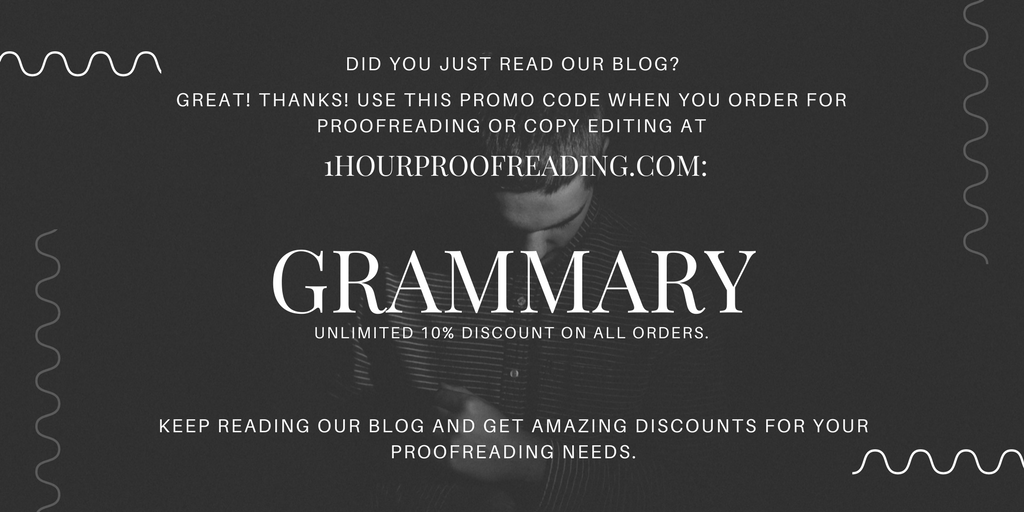Writing Hacks: Know What Type of Story You’re Writing
Posted on Feb 07, 2017
Many writers often commit the error of not knowing how long their story is going to run. They create elaborate plans for long, drawn-out stories that span multiple volumes, when in fact, the story is better told in a shorter version.

Fiction manuscripts come in many other forms. Other than novels, there are also short stories, novellas, novelettes, and flash fiction. These manuscript formats differ in terms of length and in some technical aspects. Knowing these formats will help you plan your story appropriately and will help you when the time comes that you need to look for a publisher.
Microfiction (<1000 words)
Also known as flash fiction, microfiction is often found on social media platforms. They are often the results of prompts or challenges. Microfiction is barely published in a non-online format. Microfiction is often written for impact, with simple plots, but massive plot twists. Some examples can be seen on the Twitter account @SixWordStories or on Facebook.
Short stories (3,500–7,500)
These stories are meant to be read in one sitting. Often, they have simple plots, one setting, and few characters. Short stories describe only one event, episode, or character. Only one of these elements is developed throughout the story. Short stories are published individually in magazines or published as a collection in anthologies.
Novelettes (7,500–17,000)
In earlier times, the word “novelette” meant a story of a romantic or sentimental nature. Now it refers to a narrative prose that is written shorter than a novella. Today, they are rarely published, and the format is rarely used.
Novellas (17,000–40,000)
Novellas are the closest format to novels and are nearly the same in terms of content. This format has been used since the Renaissance, and many popular stories today such as A Clockwork Orange by Anthony Burgess and Metamorphosis by Franz Kafka come in this format. Unlike the other manuscripts mentioned previously, novellas may involve more subplots and characters but have less conflict. However, novellas are less likely to be published than short stories and novels because of its awkward length.
Novels (>40,000)
Novels are the most popular type of fiction. It involves many characters, settings, subplots, and conflicts. Most of these elements change and develop throughout the story. Novels are divided into several chapters and are intended to be read for days. Depending on the genre, its length may vary. For example, manuscripts for romance novels are usually around 40,000–60,000 words, while fantasy and science fiction novels can take up to 100,000 words. Novels are very tedious to write and may span years of creation.
How to Decide on Your Length
The best way to help you decide on the length is to take note of the three Cs: conflict, character, and complexity. How many conflicts must be resolved, and how deep do they run? How many characters are involved, and how much does the story change them? How complex is your world, and how much of it will have to be explained? The more answers you have to these questions, the longer your story will have to be.
Novel writing is not for everyone. There are some stories, ideas, and plots better conveyed in other formats. Moreover, some writers are better at creating shorter stories with greater impact. Now that you know your manuscripts, it’s your turn to tell the story.
So are you up for the challenge?
Disclaimer: Image is not ours. Credit to the owner.
About 1-Hour Proofreading
1-Hour Proofreading is a growing start-up offering fast and efficient editing services at a reasonable price with the assurance that the document is publication-ready the soonest you need it. Its team of highly competent professional editors is committed to helping those in need of quality editing services while facing tough deadlines.
Visit 1hourproofreading.com for more details.
Follow us:
Back to Grammary



